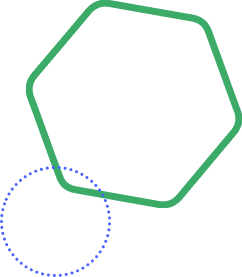Blogs
Thanks for reading. Here you will find a huge range of information in text, audio and video on topics such as Data Science, Data Engineering, Machine Learning Engineering, DataOps and much more. The show notes for “Data Science in Production” are also collated here.





.png?width=712&height=635&name=AA_Collage_02%20(2).png)

.svg)


.svg)
.svg)
